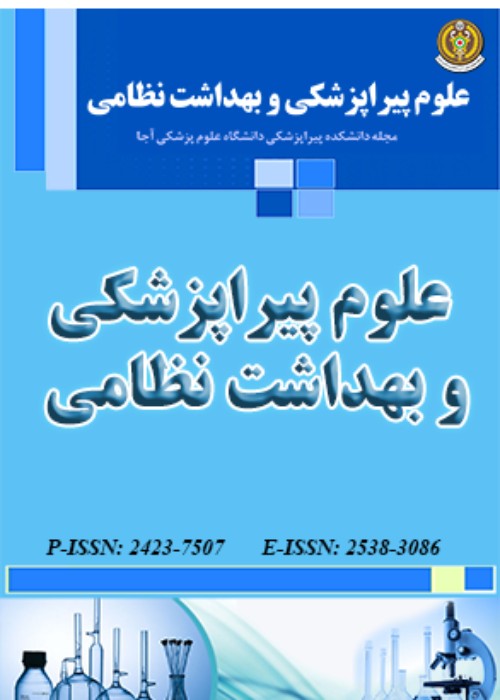Evaluation of Chromosomal Aberrations Among Radiotherapy Staff in the City of Tehran Because of Occupational Exposure Using Micronucleus Assay and GTG-Banding
Exposure to ionizing radiation as a result of diagnostic, treatment and occupational reasons, has created a remarkable range of cytogenetic damage in the DNA, as the first and main goal of ionizing radiation. The aim of this study is to assess the chromosomal damage in medical radiotherapy workers and its association with effective parameters such as age, sex, duration of employment and the amount of received dose by two methods of Micronuclei and G-banding, as a biomarker for early diagnosis of cancer.
In this study, chromosomal damage in 45 radiation experts (including 17 males and 28 females with a mean age of 37.1 years and mean occupational experience of 13.2 years) was examined in employees of radiotherapy sectors in Tehran (G-banding and Micronuclei). Moreover, the results of chromosomal damage were compared with 15 people, who were not consciously exposed to ionized radiation and they worked in other sectors of the hospital.
Most employees of radiotherapy sectors, had significantly increased frequency of cytogenetic aberrations, registered by G-banding, comparing the control group (1.22±0.71 vs. 0.91±0.7); (P<0/05). Similarly, the frequency of micronuclei (MN) in exposed personnel was significantly increased comparing the control group (P<0.05). Based on the results of both methods, there was no significant relationship between age, gender, duration of employment and occupational exposure dose with the prevalence and incidence of aberrations and MNs.
The results of this study demonstrated that Micronuclei and G-banding methods are appropriate for the analysis of chromosomal damage in radiation workers. The results of both methods showed considerably higher rate of chromosomal aberrations in medical radiotherapy workers than non-exposed people. Increasing the rate of single-string fracture injuries in the long term leads to the accumulation of single string fractures and failure to repair the injuries resulting in malignancy. It can be said that radiation workers are more prone to malignancy than people who have not been exposed to radiation.
- حق عضویت دریافتی صرف حمایت از نشریات عضو و نگهداری، تکمیل و توسعه مگیران میشود.
- پرداخت حق اشتراک و دانلود مقالات اجازه بازنشر آن در سایر رسانههای چاپی و دیجیتال را به کاربر نمیدهد.


